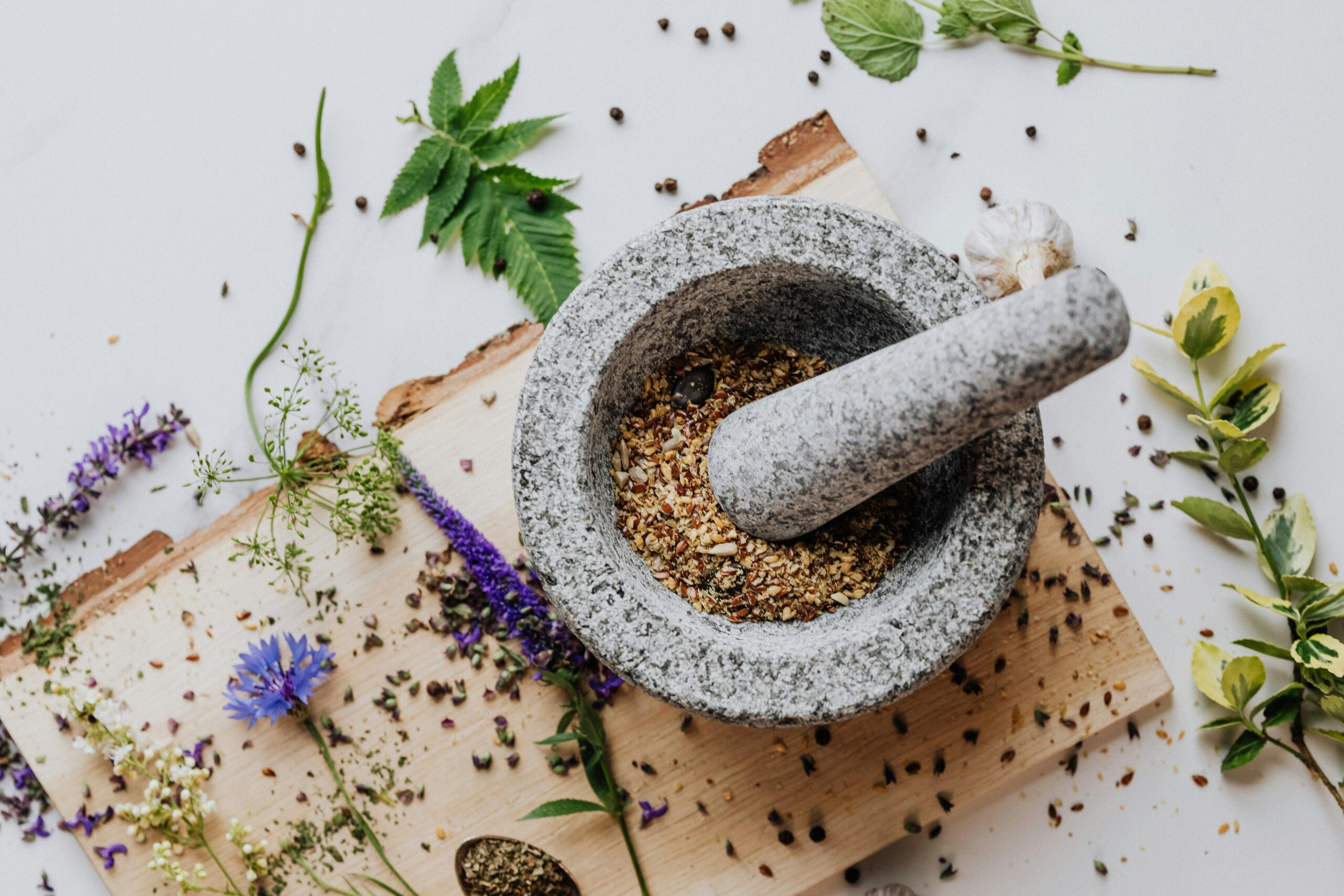Your cart is currently empty!

Hemorrhoid Pain Relief in Ancient Times: Learn from the Wisdom of Our Ancestors
Hemorrhoids, a condition characterized by swollen veins in the lower rectum and anus, have troubled humanity for centuries. As common as they are today, historical records show that hemorrhoids were just as prevalent in ancient societies. Our ancestors developed various remedies and treatments, many of which offer valuable insights into natural healing practices. This article explores the historical context of hemorrhoid pain relief, traditional remedies, and their relevance to modern practices.
Understanding Hemorrhoids
What Are Hemorrhoids?
Hemorrhoids, commonly known as piles, occur when the veins in the rectal area become inflamed and swollen. They can be categorized into two types:
- Internal Hemorrhoids: Located inside the rectum, these are generally painless but may bleed.
- External Hemorrhoids: These occur under the skin around the anus and can be painful and itchy.
Symptoms
- Pain during bowel movements
- Bleeding during bowel movements
- Itching or irritation in the anal region
- Swelling around the anus
Causes
- Straining during bowel movements
- Chronic constipation or diarrhea
- Obesity
- Sedentary lifestyle
- Pregnancy
- Aging
Hemorrhoid Treatments in Ancient Times
Ancient Egypt
Ancient Egyptians had a sophisticated understanding of medicine and utilized various natural remedies for treating ailments, including hemorrhoids.
- Ingredients Used:
- Honey: Known for its healing properties, honey was often used as a topical application to soothe irritation and promote healing.
- Fennel Seeds: These were believed to aid digestion and alleviate constipation, thus reducing the likelihood of hemorrhoid formation.
- Notable Figures:
- Imhotep, an ancient Egyptian polymath, is often credited with various medical advancements and remedies in Egyptian medicine.
Ancient Greece
The ancient Greeks made significant contributions to the understanding of hemorrhoids and their treatment.
- Hippocrates: Known as the “Father of Medicine,” Hippocrates discussed hemorrhoids in his writings. He emphasized dietary changes and lifestyle modifications as key components of treatment.
- Methods Used:
- Warm Baths: Sitz baths were recommended to alleviate discomfort and reduce swelling.
- Natural Poultices: A mixture of crushed herbs and other natural ingredients was applied to the affected area for relief.
Ancient Rome
The Romans continued the traditions of their Greek predecessors, advancing the medical field significantly.
- Galen: A prominent physician, Galen wrote extensively about hemorrhoids, promoting treatments that included:
- Dietary Changes: Emphasizing high-fiber diets to prevent constipation.
- Herbal Remedies: Use of plants like aloe vera and bitter herbs for their laxative effects.
Traditional Chinese Medicine (TCM)
Traditional Chinese Medicine has a rich history of addressing hemorrhoids through holistic approaches.
- Key Treatments:
- Acupuncture: This ancient practice was employed to balance energy and alleviate pain associated with hemorrhoids.
- Herbal Formulas: TCM practitioners used herbs like Huang Bai (Phellodendron amurense) to help reduce inflammation.

Ayurvedic Medicine
In India, Ayurvedic practices have long recognized hemorrhoids as a treatable condition through natural remedies.
- Common Remedies:
- Turmeric: Known for its anti-inflammatory properties, turmeric was often recommended to reduce swelling.
- Ghee: Clarified butter was used in preparations to aid digestion and promote regular bowel movements.
Medieval Europe
In medieval Europe, treatments for hemorrhoids often combined herbal remedies with spiritual healing.
- Herbs Used:
- Witch Hazel: Used as a poultice to reduce inflammation and soothe the affected area.
- Chamomile: Known for its calming effects, chamomile tea was consumed to alleviate discomfort and promote relaxation.
The Wisdom of Our Ancestors: What We Can Learn
1. Natural Ingredients
Many ancient remedies relied on natural ingredients that have been scientifically validated for their effectiveness.
- Honey: Studies have shown that honey possesses anti-inflammatory and wound-healing properties (Molan, 2001).
- Aloe Vera: Research supports aloe vera’s ability to soothe skin irritation and promote healing (Surjushe et al., 2008).
2. Dietary Changes
Ancient physicians understood the importance of diet in preventing and managing hemorrhoids.
- High-Fiber Foods: Modern research confirms that a diet rich in fiber can help prevent constipation and reduce the risk of hemorrhoids (Slavin, 2005).
- Hydration: Drinking plenty of water remains essential for maintaining soft stools.
3. Lifestyle Modifications
- Regular Exercise: Ancient cultures recognized the importance of movement in promoting healthy digestion and preventing hemorrhoids.
- Warm Baths: Sitz baths continue to be a recommended practice for alleviating discomfort associated with hemorrhoids.
4. Holistic Approaches
- Acupuncture and Herbal Medicine: These practices continue to be relevant today, with many individuals seeking alternative therapies for hemorrhoid relief.
Modern Relevance of Ancient Remedies
While medical science has advanced significantly, many of the principles and remedies from ancient times remain applicable today. Individuals seeking relief from hemorrhoids can benefit from understanding the historical context of treatments:
- Combining Treatments: Utilizing a mix of ancient wisdom (like herbal remedies) and modern medical treatments (like topical creams) may provide a comprehensive approach to managing hemorrhoids.
- Mind-Body Connection: Holistic practices like yoga and meditation can enhance overall well-being and may alleviate the stress that contributes to digestive issues.
Conclusion
The wisdom of our ancestors regarding hemorrhoid pain relief offers valuable insights that remain relevant today. From the natural remedies of ancient Egypt and Greece to the holistic practices of Traditional Chinese Medicine and Ayurveda, these historical approaches can inform modern treatments. By combining ancient wisdom with contemporary medical practices, individuals can find effective relief from hemorrhoid pain.
References
- Molan, P. C. (2001). “Why Honey is Effective as a Medicine.” Honey Research Unit, University of Waikato.
- Surjushe, A., et al. (2008). “Aloe Vera: A Short Review.” African Journal of Biotechnology.
- Slavin, J. (2005). “Why Whole Grains are Important.” Nutrition Today.
- Wikipedia contributors. (2024). “Hemorrhoids.” Wikipedia, The Free Encyclopedia. Link.
By learning from the past, we can enhance our understanding of hemorrhoids and explore effective methods for relief. Whether through dietary changes, natural remedies, or lifestyle modifications, the insights from ancient practices can guide us in managing this common condition effectively.
